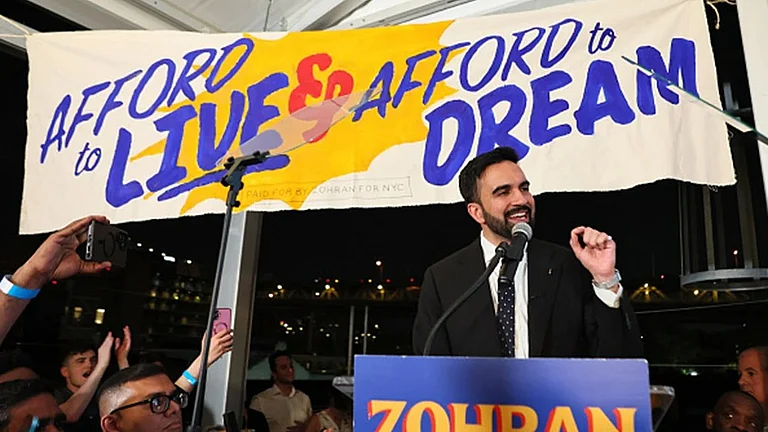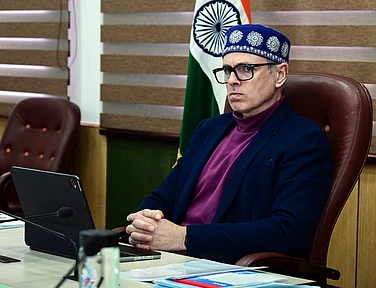Two days after convicted rapist-on-the-run Bitihotra Mohanty was arrested on March 9 in Kannur in Kerala, another accused—Ram Singh, of Delhi gangrape infamy—was found dead hanging in his cell in Delhi’s Tihar Jail. It may seem too far a stretch to try and link the two but they do offer us an inlet into the many systemic holes that we refuse to plug. If there is anything that these two cases illustrate clearly, it is this—someone influential like Mohanty can subvert the law with ease while people of the street like Ram Singh find refuge hard to come by even in the prison.
Convicted by a fast-track court in a record 15 days in April 2006, Mohanty had jumped bail when he was let out a few months later so that he could meet his ailing mother. What followed was a flagrant mockery of the law at every stage, whether it be his father and ex-Orissa DGP B.B. Mohanty’s role in helping him jump parole (he was suspended and later reinstated) or Bitti creating a new life for himself as Raghav Rajan, complete with all needed fake ID documents. He even bagged a bank job, with the State Bank of Travancore.

Bitti Mohanty in custody in Kerala
On the other hand, and in the face of allegations of torture and sexual assault by Ram Singh’s lawyer and family, his death showed how little protection there is for an accused rapist in a jail that is supposedly one of our most reformed and secured.
Some like activist Nivedita Menon argue that bus driver Ram Singh may have been killed by his cellmates on orders from the police, because he could have ratted on the convenient arrangement the Delhi Police allegedly has with the chartered bus operators in the city. In lieu of a regular hafta, the law enforcers look the other way. Why was another man’s complaint of being mugged by the gang on the same bus on the same night ignored? One thing’s for sure, between Bitti and Ram Singh, it’s gaps in the system that show up—but at totally different ends.


























